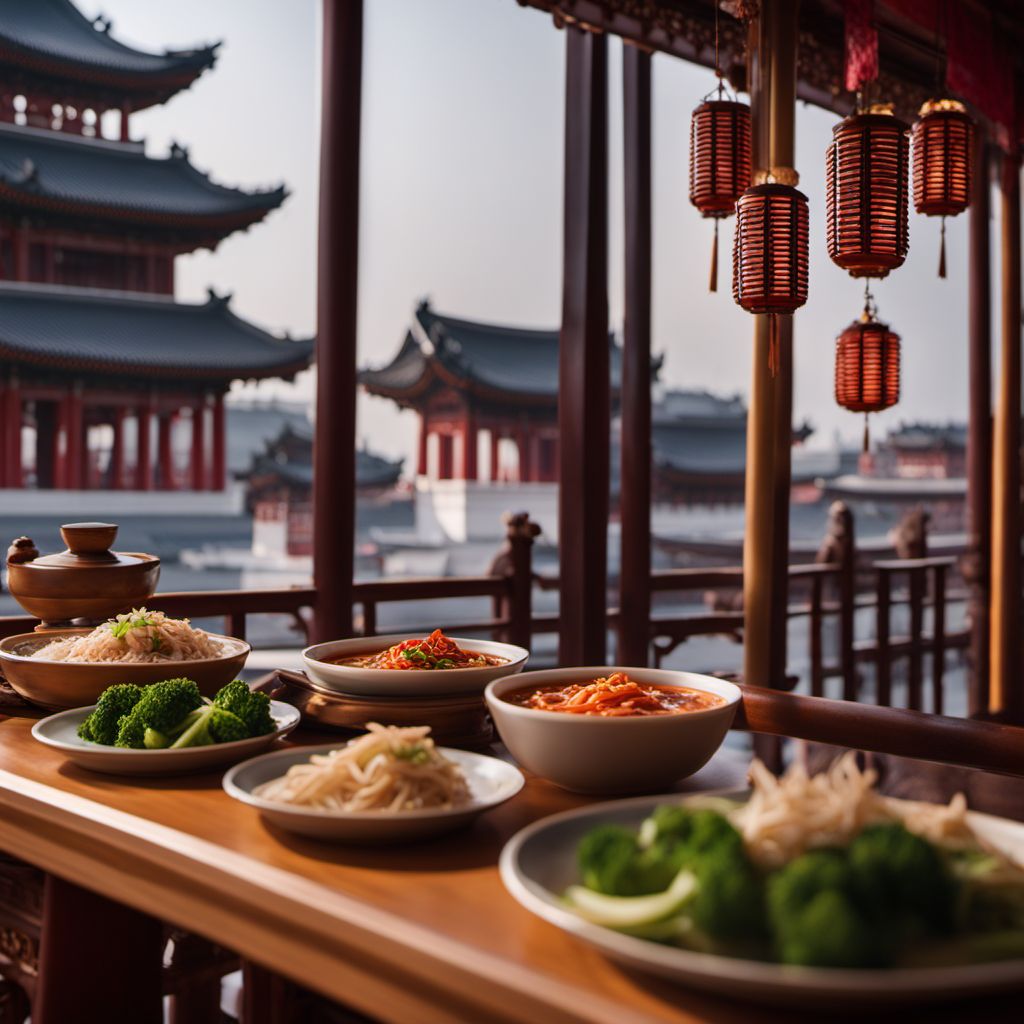
Cuisine
Liaoning cuisine
Liaoning cuisine is known for its seafood dishes, particularly those made with scallops, sea cucumbers, and prawns. It also features a variety of meat dishes, including lamb, pork, and chicken. The cuisine is characterized by its light, fresh flavors and the use of simple cooking techniques that preserve the natural flavors of the ingredients.
Typical ingredients
Scallops, Sea cucumbers, Prawns, Lamb, Pork, Chicken, Mushrooms, Tofu, Ginger, Garlic, Scallions, Soy sauce, Vinegar, Rice wine
Presentation and garnishing
Dishes are often presented in a simple, elegant manner that highlights the natural colors and textures of the ingredients. Garnishes may include fresh herbs, sliced vegetables, or edible flowers.
Liaoning cuisine is also known for its use of wild herbs and plants, which are believed to have medicinal properties.
More cuisines from this region...
History
Liaoning cuisine has a long history dating back to the Qing Dynasty. It was heavily influenced by the Manchu people, who ruled the region during this time. The cuisine is known for its emphasis on seafood, which was abundant in the region's coastal areas. Over time, the cuisine has evolved to include a wider variety of ingredients and cooking techniques.
Cultural significance
Liaoning cuisine is an important part of the region's cultural heritage. It is often served at important events and celebrations, such as weddings and festivals. The cuisine is also popular throughout China and has gained international recognition in recent years.
Health benefits and considerations
Seafood dishes are a good source of protein and omega-3 fatty acids. However, some dishes may be high in sodium or cholesterol.
Liaoning cuisine recipes Browse all »

Liaoning-style Fish Soup
Savory Seafood Delight: Liaoning-style Fish Soup
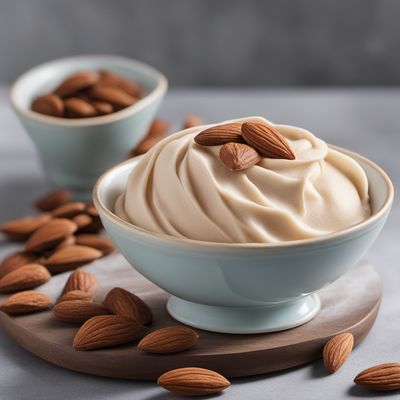
Almond Gelato with a Liaoning Twist
Liaoning Almond Delight: A Creamy Gelato Infused with Local Flavors

Lunette di Patate with a Liaoning Twist
Savory Potato Crescent Dumplings with a Liaoning Flair
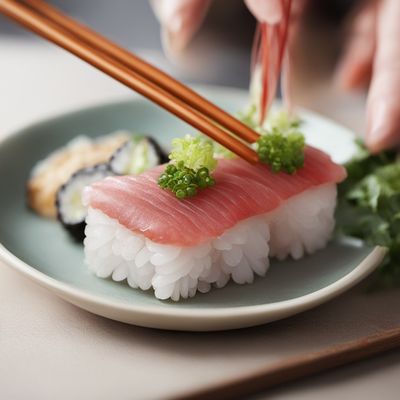
Liaoning-style Clam Nigiri Sushi
Oceanic Delight: Liaoning-style Clam Nigiri Sushi

Black Sesame Porridge
Silky Smooth Black Sesame Porridge: A Nutty Delight from Liaoning

Liaoning-style Caramelized Onion Sausage
Sweet and Savory Liaoning Onion Sausage Delight
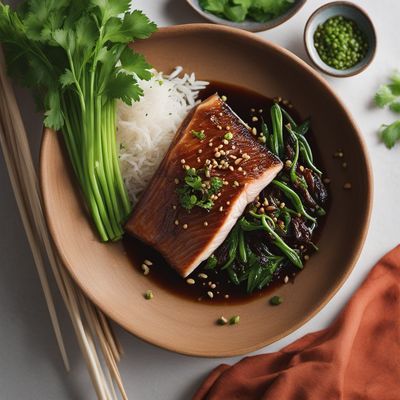
Liaoning-style Smoked Fish
Savory Liaoning Smoked Fish: A Fusion of Scottish and Chinese Flavors

Liaoning-style Stuffed Pancakes
Savory Liaoning Pancakes: A Fusion of Flavors
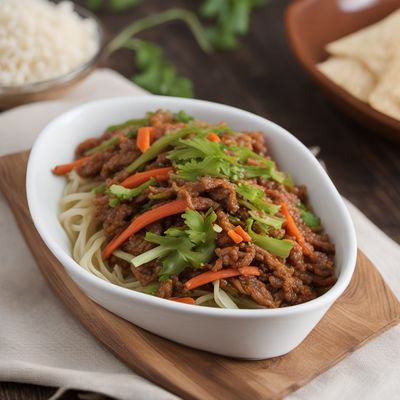
Liaoning-style Stuffed Flatbread
Savory Liaoning Stuffed Flatbread: A Fusion of Flavors
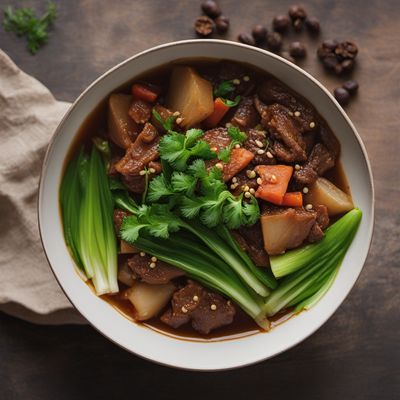
Liaoning-style Cau Cau
Savory Liaoning Cau Cau: A Fusion of Peruvian and Chinese Flavors
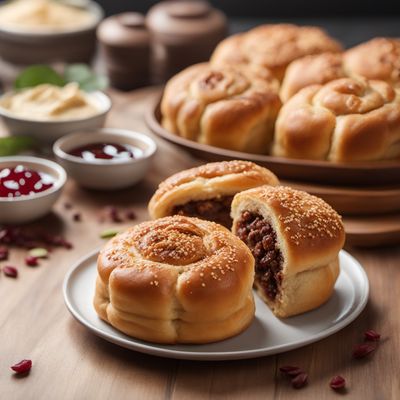
Liaoning-style Sweet and Savory Stuffed Buns
Liaoning Delights: Sweet and Savory Stuffed Buns

Liaoning-style Stuffed Cabbage Rolls
Savory Liaoning Cabbage Delight